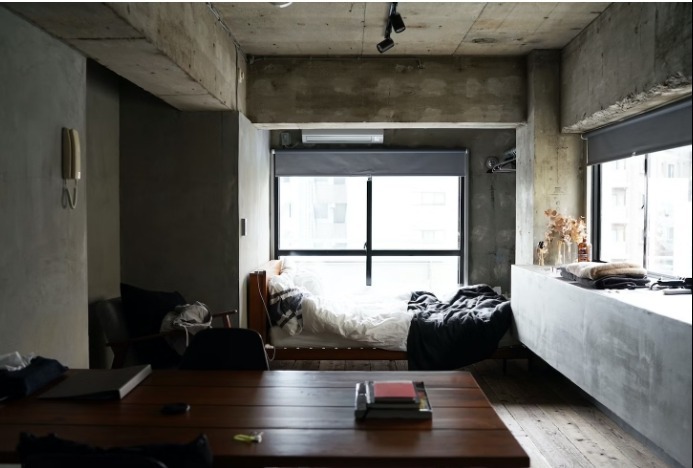After the kids have moved, the family house should be enjoyed by the next generation. This doesn’t mean you must give up all the room. You can downsize from a large family property to a smaller home or apartment and still have a place for the grandkids to sleep, family dinners, and a fantastic outside space to enjoy Australian weather.
How to Downsize Successfully
Downsizing goes beyond relocating to a smaller home. Gaining liberty is important too. You may inherit financial independence and more time due to less maintenance or someone else doing it. You can also pick a floor layout and location that matches your needs. Importantly, downsizing does not mean moving into a small home or one- or two-bedroom apartment. You move into a smaller home, whatever that means to you.
Downsizing has drawbacks. Smaller homes have less space. But there are solutions. Downsizers who go from four to three bedrooms are satisfied but want more space to party, so they prioritize living and dining areas.
Many downsizers struggle with their emotional attachment to their home. Walls hold memories, making it hard to let go.
Importantly, consider moving costs. Sell and buy in the same market, but expect real estate agent, stamp duty, legal, and furniture removal fees. This all adds up.
If you’ve decided to downsize, there are numerous tips to follow:
1. Acquaint Yourself with the Concept.
Discuss your move with others. Your kids may be sentimental about your family home, so they need time to adjust. Give yourself time to process the physical, emotional, and mental energy required to sell, find, pack, and move.
2. Choose Your Location.
Location is key and where you reside will determine your options. Consider where your family and friends live (it’s ideal to be close) and what amenities you require, such a GP and emergency services. How far are the nearest supermarket, pharmacy, and public transportation, and are they walkable? Location is also an essential factor to consider if you prefer to join Lifestyle Communities in Australia.
3. List Your Priorities.
This includes your preferred floor plan, suburbs, outdoor space, and nearby needs. After setting priorities, you can examine what kind of home you want and where.
4. Determine what You’re Willing to Sacrifice On.
We all need to make compromises to find our ideal home. Would you settle for two bathrooms or one parking space for three bedrooms? Are you willing to sacrifice outside space for indoor entertaining? Downsizing to a smaller home means that it’s harder to do everything.
5. Make a Moving Checklist.
What furnishings will you bring, sell, and pass on to your kids? Moving is enormous, especially if you’ve lived there for decades. You probably have lots of stuff. Make a list of what you cannot part with. However, not everything will fit or suit the new home. This includes listing companies who need your new address and switching utilities.
6. Consider Homebuilding.
If you have certain preferences, design your own home to enjoy. You can get what you want, where you want, and customize to your requirements.
It’s not always necessary to be afraid of or tough to downsize. Determine your priorities, make your compromises, and locate the ideal location for you and your future.


